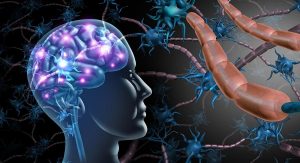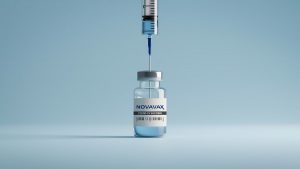
Despite warnings and public education campaigns, kids continue to suffer injuries from swallowing small but strong magnets, according to a new study. Children are also inserting high-powered, rare-earth balls into their ears and noses, even in households where parents fully understand the dangers of the toys, according to the American Academy of Pediatrics (AAP). “High-powered, rare-earth magnetic balls or beads are often sold as fun, stress-relieving toys, but they are among the most dangerous toys when kids eat them. It doesn’t matter what the child’s socioeconomic or racial background is, whether the child is being watched, or if supervising adults know the magnets are dangerous — kids still manage to eat them and many of them need surgery to fix the internal damage caused by the magnets,” Dr. Minna Wieck said in an AAP news release. She is an assistant professor of pediatric surgery at UC Davis Children’s Hospital in Sacramento, Calif. “The only foolproof way to make sure these injuries don’t happen is to keep these types of magnets away from kids,” Wieck added. For the study, the researchers reviewed 2017 to 2019 data from patients aged 21 and younger from a study that included 25 U.S. children’s hospitals. The investigators previously found that these injuries were increasing despite age restrictions, warning labels and educational public health campaigns explaining the dangers. Among more than… read on > read on >






































